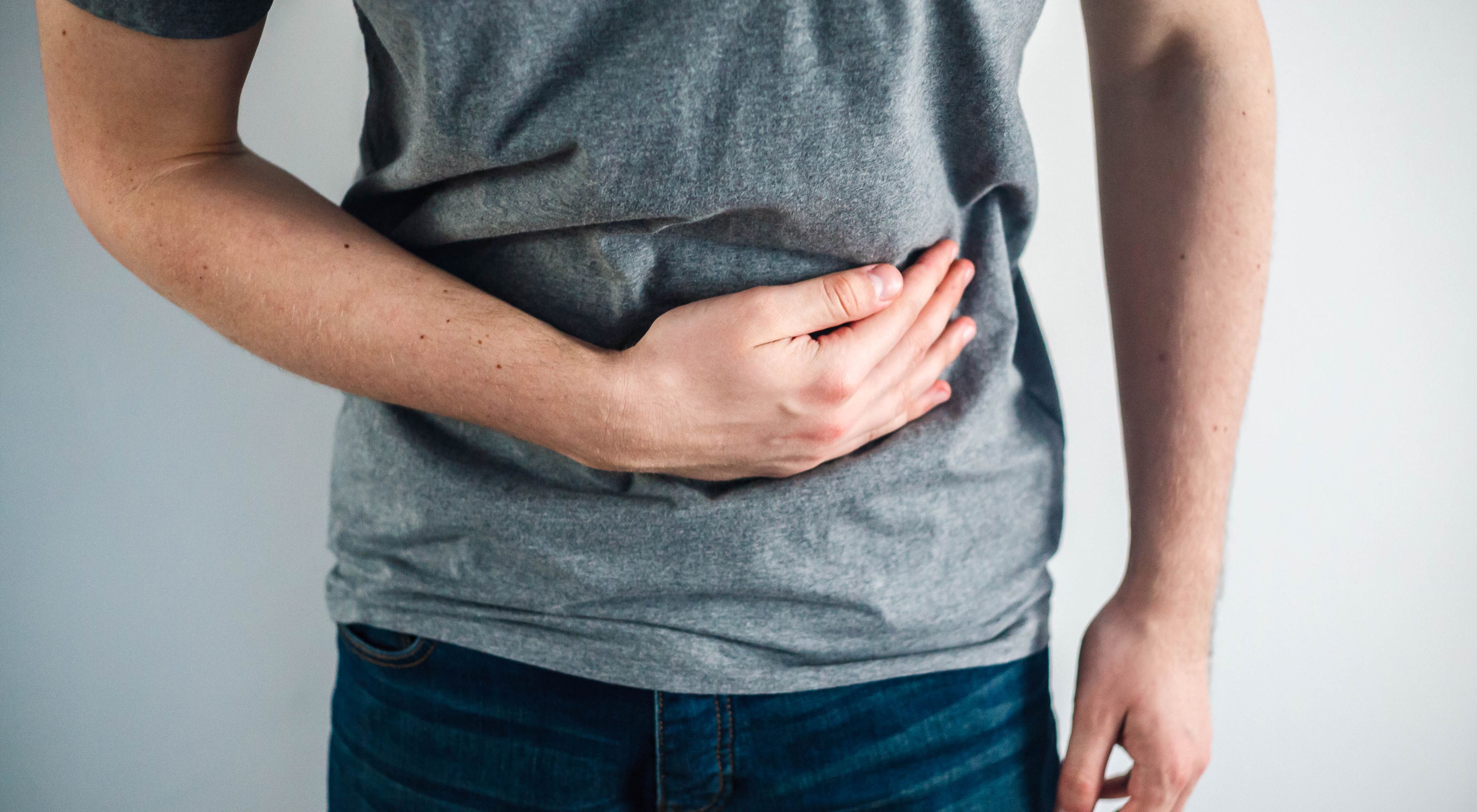The U.S. Food and Drug Administration (FDA) has granted orphan drug designation for HLX22, an anti-HER2 monoclonal antibody for the treatment of gastric cancer, according to a news release from the drug’s manufacturer, Henlius.
According to the FDA, a drug or biological product that receives an orphan drug designation is eligible for development incentives, including tax credits for clinical trial costs, a waiver of new drug application fees and seven years of market exclusivity regardless of patent status. The designation aims to accelerate development so patients can access treatments sooner.
Findings from the phase 2 HLX22-GC-201 study presented at the 2025 American Society of Clinical Oncology Gastrointestinal Cancers Symposium demonstrated that adding HLX22 to Herceptin (trastuzumab), capecitabine and oxaliplatin improved progression-free survival (PFS) for patients with gastric or gastroesophageal junction (GEJ) cancer.
Among patients who received the HLX22 combination, the median PFS was not yet reached, compared with 8.3 months in the placebo arm. The 12-month PFS rates were 73.8% and 34.2%, respectively, and the 24-month PFS rates were 61.5% and 11.4%, respectively.
The objective response rate (ORR) was 87.1% in the HLX22 arm, with one complete response, compared with 80.6% in the placebo arm. The median duration of response (DOR) was not yet reached in the HLX22 arm and 9.7 months in the placebo arm. The 12-month DOR rates were 78.5% and 26.3%, respectively.
Glossary:
Objective response rate (ORR): percentage of patients whose cancer shrinks or disappears following treatment, including both complete and partial responses.
Overall survival (OS): length of time from the start of treatment that patients remain alive, regardless of disease progression.
Progression-free survival (PFS): length of time during and after treatment when a patient's disease does not worsen.
Duration of response (DOR): length of time that a patient's cancer remains under control (either partial or complete response) following treatment.
Any-grade treatment-emergent side effects occurred in 96.8% of patients in the HLX22 arm and 100% in the placebo arm. Grade 3 (severe) or greater side effects occurred in 54.8% and 48.4% of patients, respectively, and side effects leading to treatment discontinuation occurred in 9.7% and 22.6%. No patients in the HLX22 arm had side effects leading to death, while four patients in the placebo arm died due to side effects. The most common any-grade side effects included decreased platelet counts (80.6% and 74.2%), decreased neutrophil counts (80.6% and 54.8%), anemia (58.1% and 61.3%) and decreased white blood cell counts (58.1% in both arms).
Patients were randomly assigned 1 to 1 to receive 15 milligrams per kilogram of intravenous (IV) HLX22 or placebo every three weeks, both in combination with HLX02 at an initial loading dose of 8 milligrams per kilogram followed by 6 milligrams per kilogram every three weeks. All patients received IV oxaliplatin on day 1 of each three-week cycle for up to eight cycles and oral capecitabine twice daily on days 1 to 14 of each cycle for up to two years.
The primary end points were ORR and PFS. Secondary end points included investigator-assessed PFS and ORR, overall survival (OS), DOR, quality of life (QOL), safety, pharmacokinetics and immunogenicity.
HLX22's orphan drug designation for gastric cancer recognizes its potential benefit and marks a milestone following the launch of its global phase 3 clinical trials, according to the release.
HLX22-GC-301, a phase 3 study evaluating HLX22 with Herceptin and chemotherapy in this setting, has been approved in China, the U.S., Japan and Australia, with enrollment underway. HLX22 is also being investigated for breast cancer, potentially expanding its therapeutic scope.
HLX22 is an anti-HER2 monoclonal antibody that binds to the HER2 extracellular subdomain IV at a site distinct from Herceptin, allowing both antibodies to simultaneously bind to HER2 dimers on tumor cells. This promotes internalization and degradation of HER2 dimers.
For more news on cancer updates, research and education, don’t forget to subscribe to CURE®’s newsletters here.





